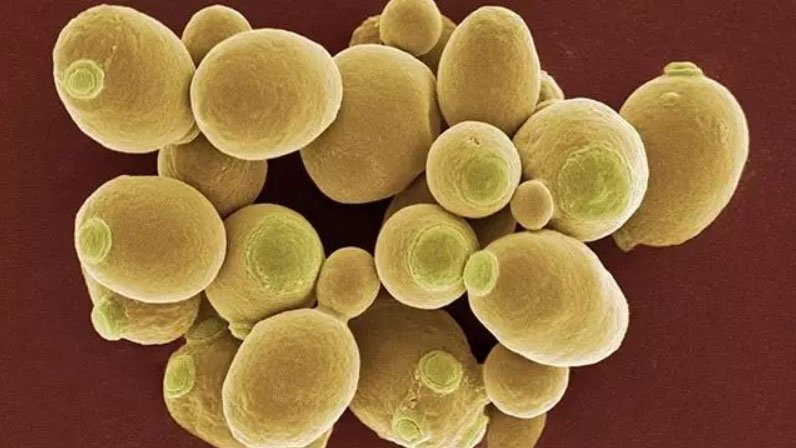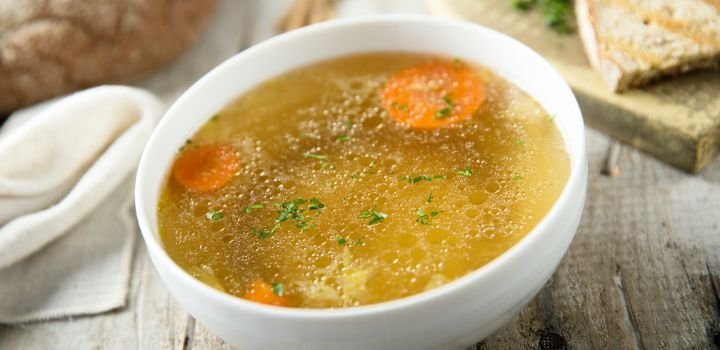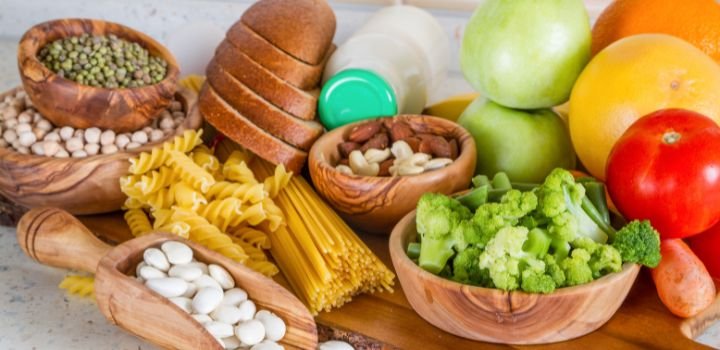Several tests were conducted to see if there were differences in yeast cell wall products from three different yeast sources; pure cultured yeast, brewer’s yeast, and alcoholic yeast. The results were surprising.
Parete cellulare di lievito is a raw material obtained from the deep processing of yeast fractions and is closely related to the source of the yeast. These yeast sources include pure cultured yeast, brewer’s yeast and alcoholic yeast. Due to different production processes, the quality and stability of the three yeast raw materials vary greatly, especially brewer’s yeast and alcoholic yeast, which have a very high risk of contamination and deterioration. Therefore, we need to make a good distinction when choosing yeast cell wall products.
Testing methods
There is a saying that “the older the brewer’s yeast, the thicker the cell wall and the higher the immune polysaccharide content, which is repeatedly fermented and utilized”. Is this really true?
Six batches of pure cultured yeast cell wall, brewer’s yeast cell wall and alcoholic yeast cell wall products were selected from the market (2 batches of each product). Of course, the name of the raw material for these products is “parete cellulare del lievito”. They look the same, but if we want to distinguish them, we can easily determine which yeast source produces the yeast cell wall by looking, smelling and interpreting.
So, focusing on the physical and chemical indicators, what is the difference in polysaccharide content of the 3 yeast cell wall products?
According to the test method, 6 samples were hydrolyzed with hydrochloric acid to hydrolyze the glucans and mannans on the cell walls into monosaccharides (glucose and mannose). Then, the polysaccharide content of the yeast cell wall was determined by HPLC (high performance liquid chromatography).

As can be seen from Figure 1, the total amount of polysaccharides in the cell wall of pure culture yeast was higher than that of brewer’s yeast and alcoholic yeast products. The differences in glucan content between the six samples were not significant, but the differences in mannan content were very pronounced. The content of mannan in the cell wall of brewer’s yeast and alcoholic yeast was much lower than that of dextran.
Since beer and alcoholic yeast slurries are not washed, the residual plant components in the raw material must contain sugars that are not fully utilized by the yeast. These sugars are mainly wort, vegetable syrup, etc. Their soluble and monosaccharide composition is mainly glucose. The final conversion to glucans is carried out according to the method of detection of yeast cell wall polysaccharides. With this understanding, we are ready to perform the following analysis and identification.
First, we detected small molecules of soluble sugars in six samples using the anthranilic acid method. The results are shown in Figure 2 below.

Figure 2 does bring us closer to the fact that high levels of residual sugars are present in the cell walls of beer and alcoholic brewer’s yeast. These sugars are wort, plant syrup, etc. and are underutilized in the beer and alcoholic industries. We needed to determine the composition of these monosaccharides.
We isolated soluble sugars from six samples and then hydrolyzed them to monosaccharides using hydrochloric acid. Finally, the glucose content was detected by HPLC. The results are shown in Figure 3.

The identification results in Figure 3 confirm our suspicion that more “glucans” are indeed present in the cell wall of brewer’s and alcoholic yeast and that these “glucans” are derived from the residual plant components in the brewer’s and alcoholic yeast slurry. Due to the method of detection of cell wall polysaccharides, these small molecules of plant polysaccharides were incorrectly identified as yeast “glucan”. If we subtract the glucan results of the beer and brewer’s yeast cell walls in Figure 1 from the glucose results of the corresponding samples in Figure 3, we find that subtracting two results gives a result very close to the mannan results. The corresponding samples in Figure 1.
Surprising results
After so many years of use, we all know that brewer’s yeast cell walls are more stable in pure culture than other raw materials. Now, through testing and identification, we have confirmed that the “yeast gets older and has thicker cell walls after multiple beer fermentation, resulting in higher immune polysaccharide content ……” is false. As the industry matures and the number of users grows, incorrect claims will be exposed. Quality and branding will continue to provide us with the confidence and strength to move forward.
Prodotto della scorza cellulare del lievito
Ciao lievito è uno dei principali produttori di derivati del lievito in Cina e dedica particolare attenzione alla continua ricerca volta al miglioramento della qualità e della funzionalità dell'alimentazione animale.
Tutti i prodotti Hiyeast derivano dalla coltura del lievito di panificazione della migliore qualità, Saccharomyces cerevisiae. Il nostro team presta particolare attenzione alla continua ricerca per migliorare la qualità e la funzionalità delle proprie soluzioni.
The YCW product, therefore, consists of a mix of (1,3)(1,6)-β-D-Glucans (>20%) and MOS (>20%). The two functional polysaccharides that make up the product have beneficial effects on animal health, also improve productivity, and are particularly useful in periods of high stress.
Quindi, se stai cercando unprodotto di scorze di lievito di alta qualità, look no further than Hiyeast. Check out our website to learn more about our products and how we can help you improve your animals’ health.







